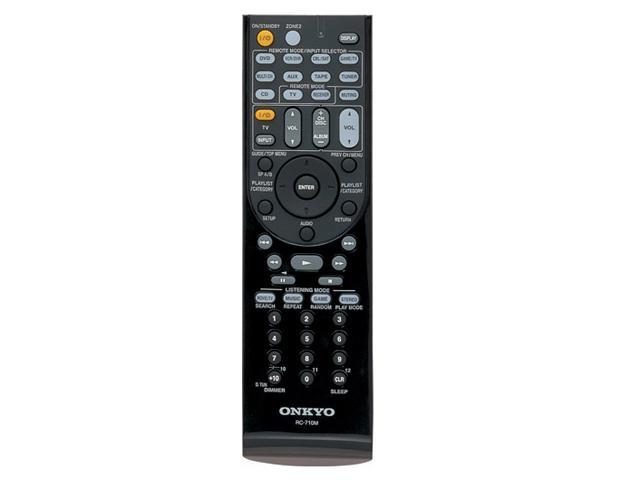

The company took the profits from that initial offering and invested in speaker. A month later, Onkyo released its first product a cartridge pickup for record players. He founded Onkyo, which means sound acoustics in Japanese, to bring his vision of sound perfection to life. Either way, the best acoustic recordings top out at around 90 dB.Īpplications for higher-performance DACs exist but a fixed line-level source like a CD player isn't really one of them. April 1946: Osaka, Japan Takeshi Godai wanted to create a high-quality, Japanese-crafted loudspeaker. A dynamic range of 107 dB is more than enough for a CD player, you would need heavily noise-shaped source material for this to become a bottleneck and that's about as common as the proverbial hen's teeth (usually you'll see flat dither 90 to 93 dB down at best).

Should be similar to an ODAC or something, about $99 standalone DAC class. So I would assume that it'll sound perfectly fine, as most HiFi CD players have been for a long time. Not sure about handling of intersample-overs, but I have no reason to believe that AKM would substantially differ from the behavior of something Cirrus Logic here. Onkyo R1 2 Channel Integrated Amplifier - 100 Watt Model (A-RV400)-Onkyo R1 Compact Disc Player (Model DX-C211)-Onkyo R1 Stereo Cassette Tape Deck (Model TA-RW401) -Onkyo R1 Quartz Synthesized FM Stereo/Am Tuner (Model T-401) All Components Are Fully Functional And Sound Great. The digital filter on the AKM seems rather better though in both passband ripple and ultimate rejection. I looked it up, and the AK4482 is almost an exact match for the WM8718 originally used, both being rated at DR = 111 dB(A) and THD+N = -100 dB (neither of which is reached by the actual player but 0.0029% of THD should still be fine).


 0 kommentar(er)
0 kommentar(er)
